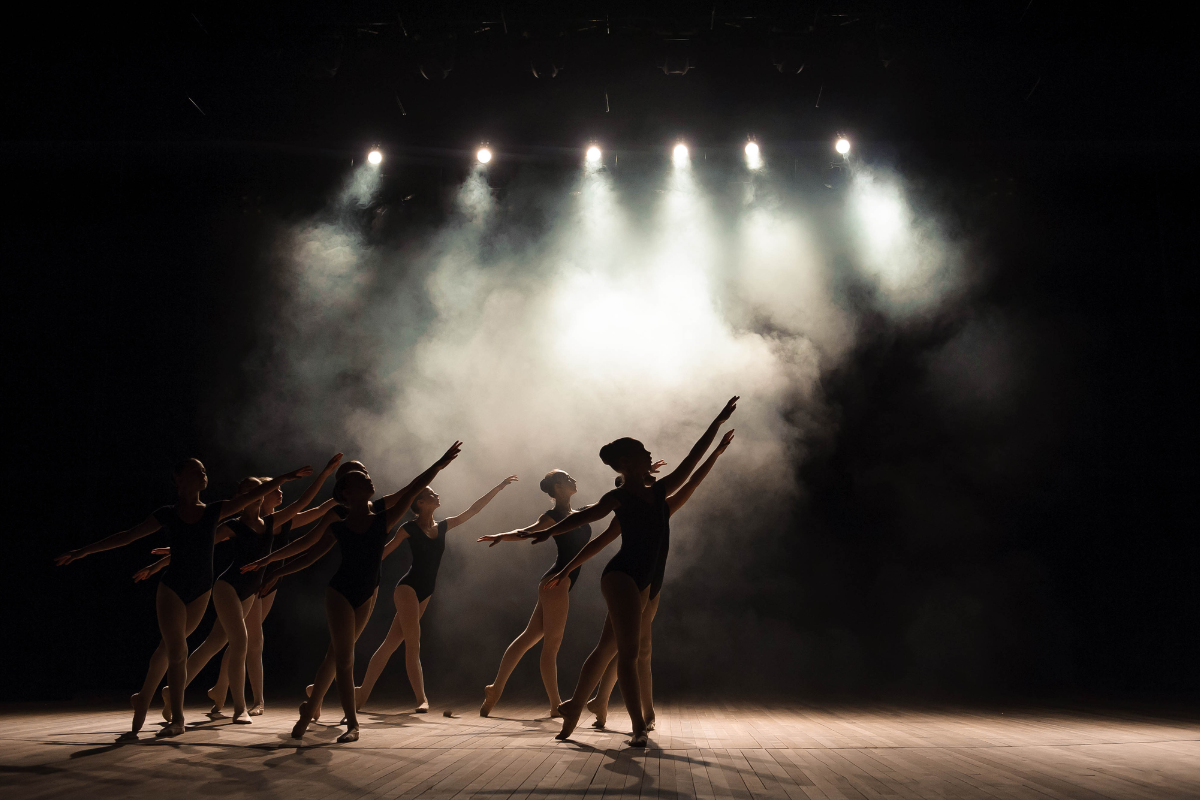
Photo: Nagaiets/iStock
Northern Ireland’s arts activity falls by 22%
Arts organisations receiving regular funding from Arts Council of Northern Ireland hosted fewer physical events during financial year 2023/24, as costs increased and earned income fell.
There were 22% fewer arts performances, exhibitions and events held in Northern Ireland last year when compared with the year before, according to the findings of Arts Council of Northern Ireland’s (ACNI) latest Annual Funding Survey.
The survey, covering April 2023 to March 2024, gathered information from 84 small, medium and large-scale arts organisations that receive annual funding from ACNI.
The total number of physical events dropped from 59,928 in 2022/23 to 45,092 in 2023/24, a 22% reduction. ACNI says that when taking into account events from small scale organisations only, there was a 34% decrease.
READ MORE:
- Northern Ireland audience survey reveals cost-of-living impact
- Arts Council Northern Ireland publishes 10-year strategy
The number of performances fell by 27%, while the number of participation-based events dropped by 23%. However, there was a small increase in the number of exhibitions, festivals and cinema screenings.
The reduction in activity was reflected in a drop in engagement. Known attendance of events fell from 1,938,851 in 2022/23 to 1,601,369 in 2023/24, a reduction of around 10%.
ACNI’s analysis of the figures concluded that organisations have been unable to offer the same level of arts programming “as costs rise and income falls”.
Lower income
In ACNI’s latest survey, 80 organisations recorded a total £24.5m of earned income for the year. This compares with £28.5m registered by 92 respondents in the 2022/23 survey.
Earned income represented 43.5% of respondents total income in 2023/24.
Total income – which also takes into account ACNI funding, other public funding, contributed income and capital income – stood at £56.3m across 94 organisations in 2023/24, compared with £66.2m across 95 organisations in 2022/23.
“This reduction is reflected in reduced activity levels and highlights how income is being diverted to support core running costs rather than being invested in production and creative development,” ACNI’s analysis says.
Meanwhile, total expenditure totalled £55.9m across 84 organisations in 2023/24, compared with £63.6m across 95 organisations the year prior.
Javier Stanziola, ACNI Acting Director of Strategic Development and Partnerships, said the findings “provide a picture of a financially fragile arts sector”.
“The funding these organisations receive from the Arts Council makes up around 23% of their overall income but unfortunately, despite successfully securing other additional investment, they are not able to take on the same number of full-time staff or produce the same amount of shows, workshops, or events,” Stanziola said.
The survey also found that while the number of people working in the surveyed arts organisations has remained broadly the same, the proportion employed in part-time contract or freelance roles is growing, largely at the expense of workers employed on a full-time contract or full-time freelance basis.
“This puts into question the sustainability of the sector and its increasing reliance on precarious freelance workers,” ACNI’s analysis says.
Join the Discussion
You must be logged in to post a comment.